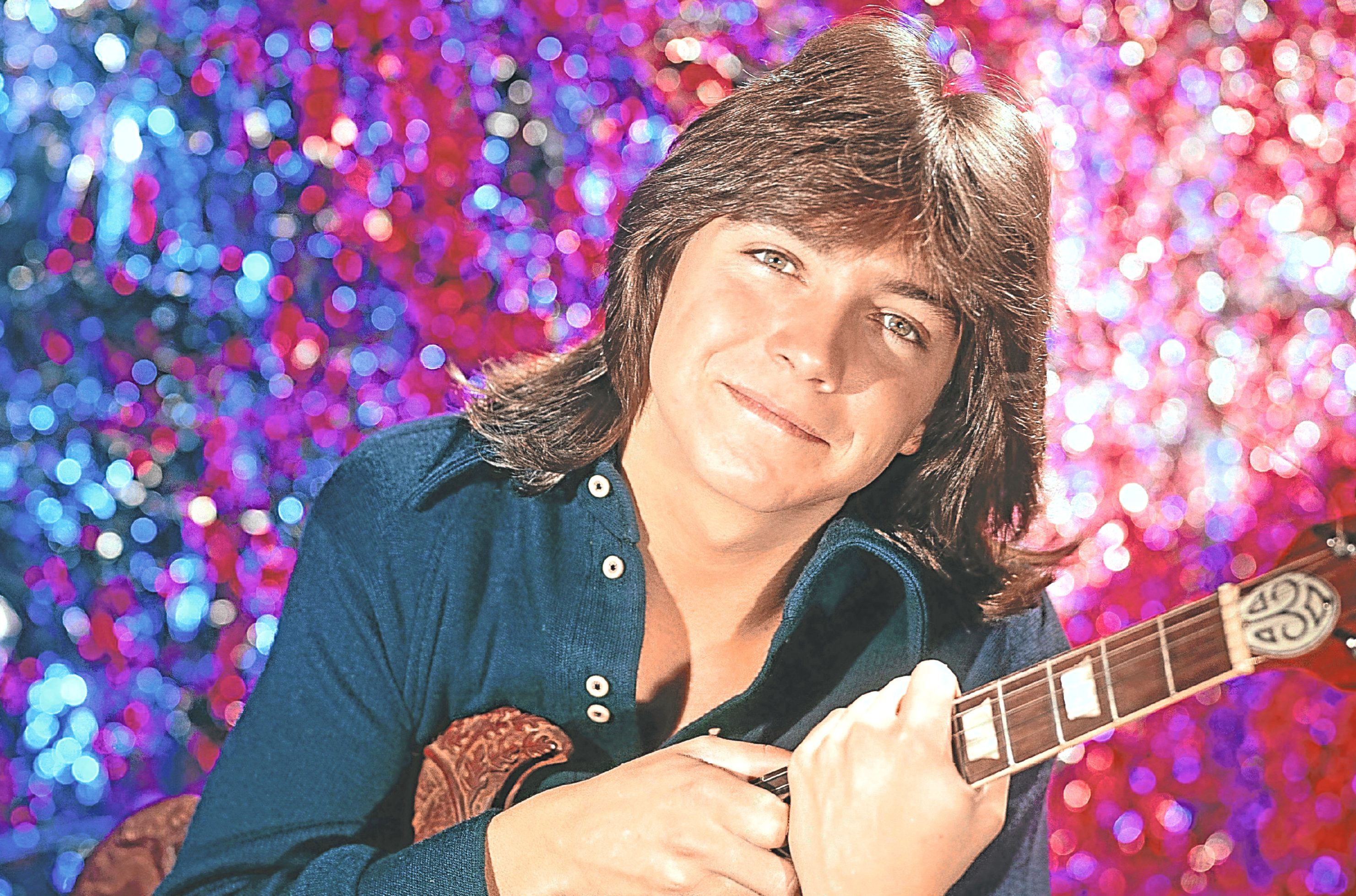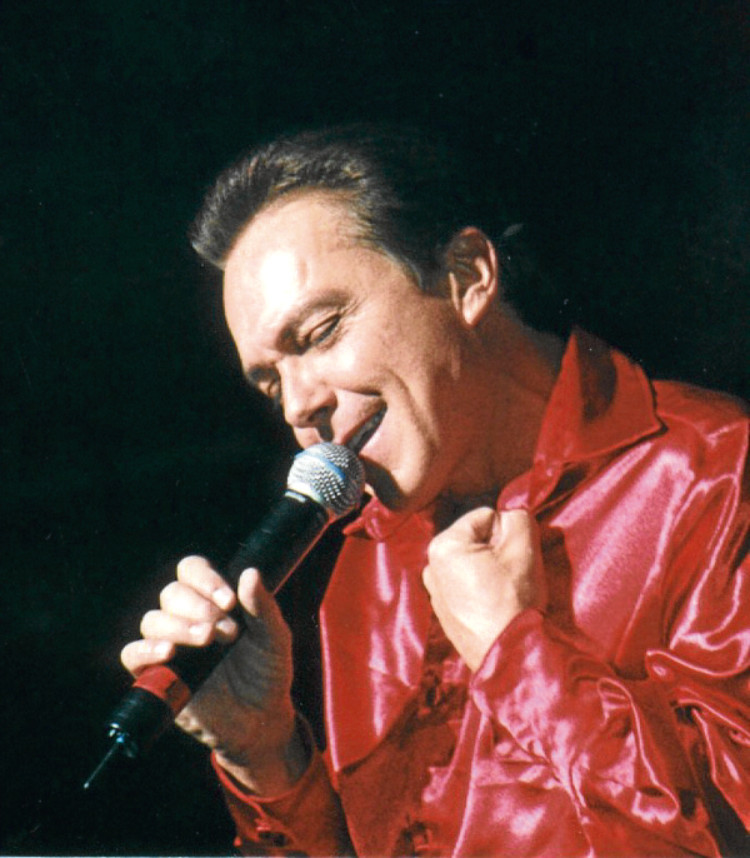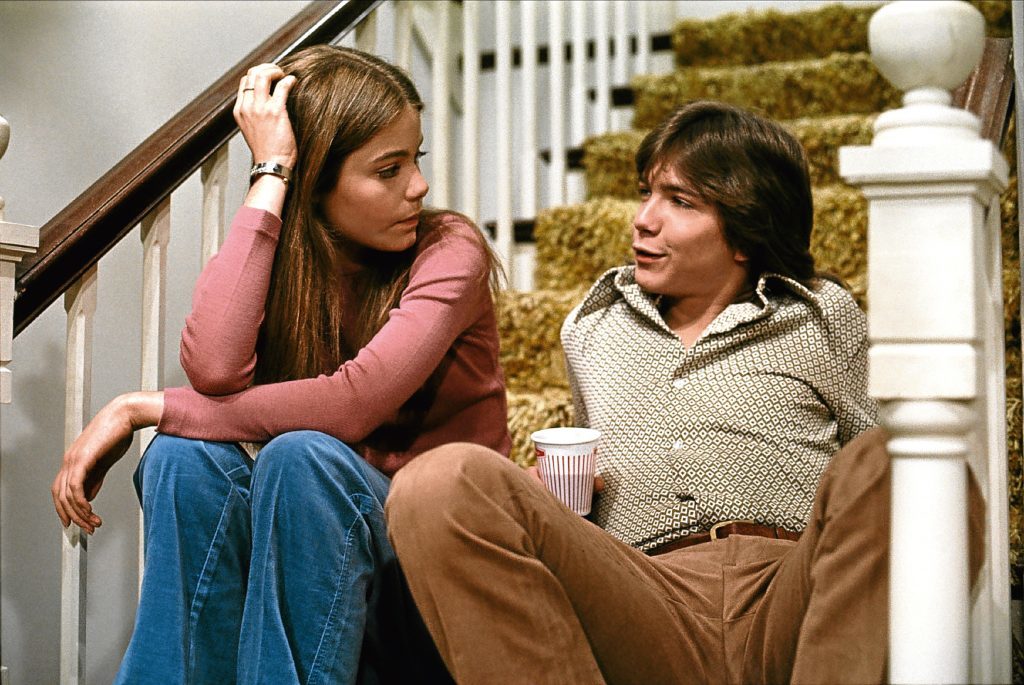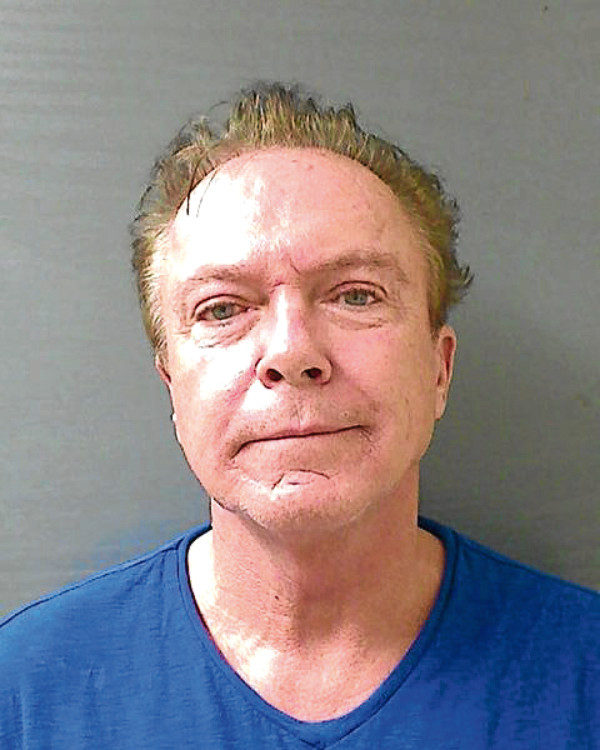
WITH his dreamy boy looks and breathy singing voice, David Cassidy whipped up a storm of teenage hysteria on both sides of the Atlantic in the 70s.
Those giddy days of teenage adulation both made and broke him, however.
At age 19, he had already made a promising start with TV roles in shows such as Bonanza and Ironside, and an audition for a TV pilot, The Partridge Family followed.
There he saw his father’s second wife, Shirley Jones, star of Hollywood musicals such as Oklahoma!.
If he got the role of Keith Partridge he’d play his stepmother’s real son.
And, of course, he landed the role.
When it hit US screens in 1970, The Partridge Family was a smash. A family sitcom based on the real-life singing family The Cowshills, it dished a weekly serving of a comedy story, a moral and some groovy tunes.
The canny producers released a Partridge Family single into the real world. I Think I Love You became the programme’s first hit, shooting to No 1 in the US charts.
The UK had to wait until the following year, but David rapidly became an international heart-throb.
And yet how cool is it exactly to be in a pop band with your mum?
This sticky issue lies at the heart of many of David Cassidy’s problems. All music performers have a public persona but few have theirs written by TV network scriptwriters.
His fans adored Keith Partridge. They knew he was played by David Cassidy, but really couldn’t distinguish between the two.
David had always loved music — rock music — and yet there he was playing bubblegum pop.
Although he was key to the success of the show, contractual clauses at first kept him out of the marketing bonanza that was making others rich.
As a result, David began releasing solo singles and performing live.
It made commercial sense for these records to stay “on brand” and his fans went wild for them. Could It Be Forever was just pipped to UK No 1. How can I Be Sure? and Daydreamer shot to the top.
At least in 1972, at age 22, David was a whole lot cooler than his rival heart-throb, 14-year-old Donny Osmond.
His fans were even more frenzied than Donny’s and women were throwing themselves at him.
In a determined attempt to change public perception, David gave a frank interview to Rolling Stone magazine.
The feature alluded to drugs, drinking and all those girls. His nude photo shoot ensured it flew off the shelves. And yet the Keith image somehow endured.
David’s crushing work schedule was taking its toll. He’d record the TV show by day and be in the recording studio until midnight. Weekends he’d be playing multiple concerts and when the show wasn’t on, he’d be touring.
Thousands of fans greeted him everywhere. They wrecked limousines. They rioted in New York. Hotels refused to accept him.
At 24, David was burned out. He announced he was retiring from touring. But tragedy was ahead. At his penultimate concert at White City one young fan was dragged unconscious from the crush of the hysterical crowd.
Four days later, 14-year-old Bernadette Whelan died.
Then, ratings for The Partridge Family were dropping and, in 1974 the network decided not to commission a fifth series.
David continued to record but didn’t tour for 11 years. There were occasional hits, but the rock career he’d aspired to never materialised.
And offers of roles grew sparse.
The title of David’s 1994 autobiography speaks volumes of the discontent of even his glory days. C’mon, Get Happy: Fear and Loathing on the Partridge Family Bus — it’s not going to be a happy read is it?
Its tales of sleaze and insecurities shocked many fans and it also slammed shut the door on his friendship with former screen sister Laurie — actress Susan Dey. He told the world of their brief fling and it is reported they haven’t spoken since.
David is now a father-of-two and is a thrice-divorced, recovering alcoholic and a bankrupt. Last year was an all-time low with his third conviction for driving under the influence of alcohol. Had the offences been in the same state, he’d have been jailed.
But David is fighting back. After being ordered by court into rehab, he is now off alcohol. He continues to tour, though at far more modest venues these days.
He has also just released a Christmas EP of cosy favourites such as Jingle Bells and Silent Night.
It’s not rock ’n’ roll. But maybe a calmer course right now is what David needs.
READ MORE
Filming Summer Holiday was terrifying for Cliff Richard and crew, says co-star Melvyn Hayes

Enjoy the convenience of having The Sunday Post delivered as a digital ePaper straight to your smartphone, tablet or computer.
Subscribe for only £5.49 a month and enjoy all the benefits of the printed paper as a digital replica.
Subscribe

